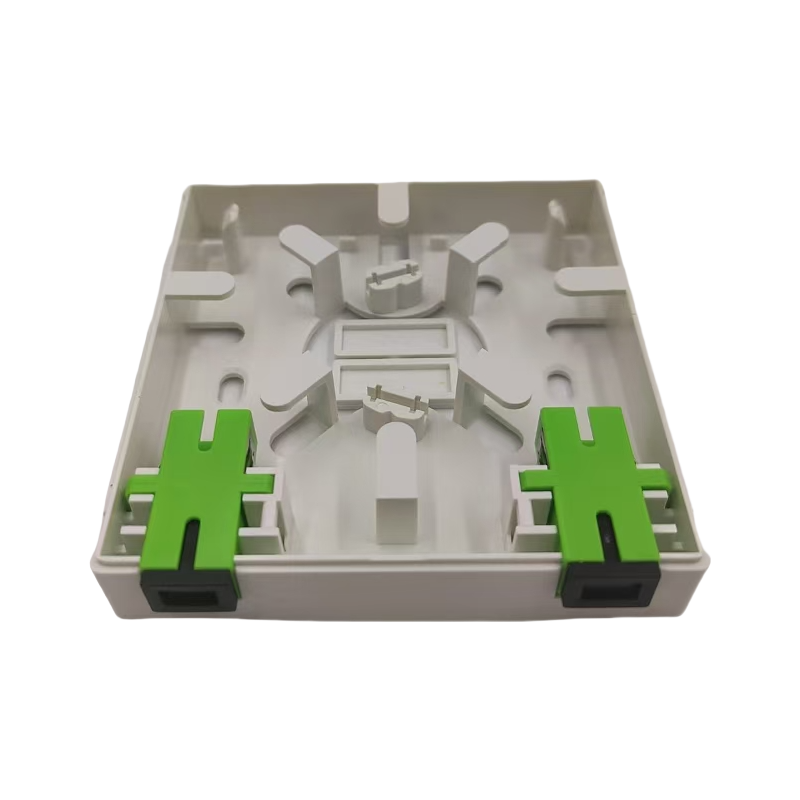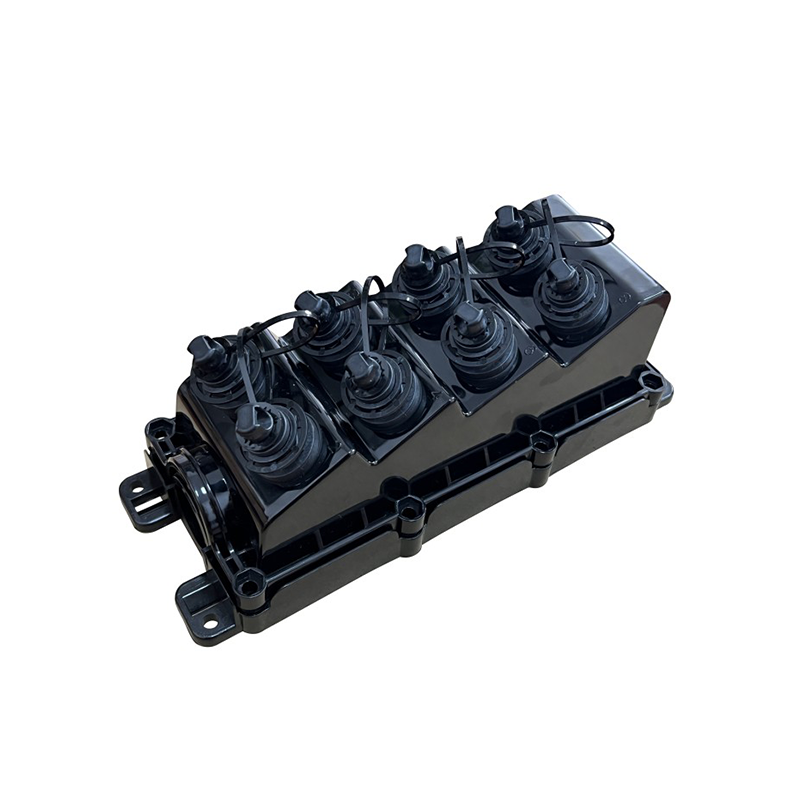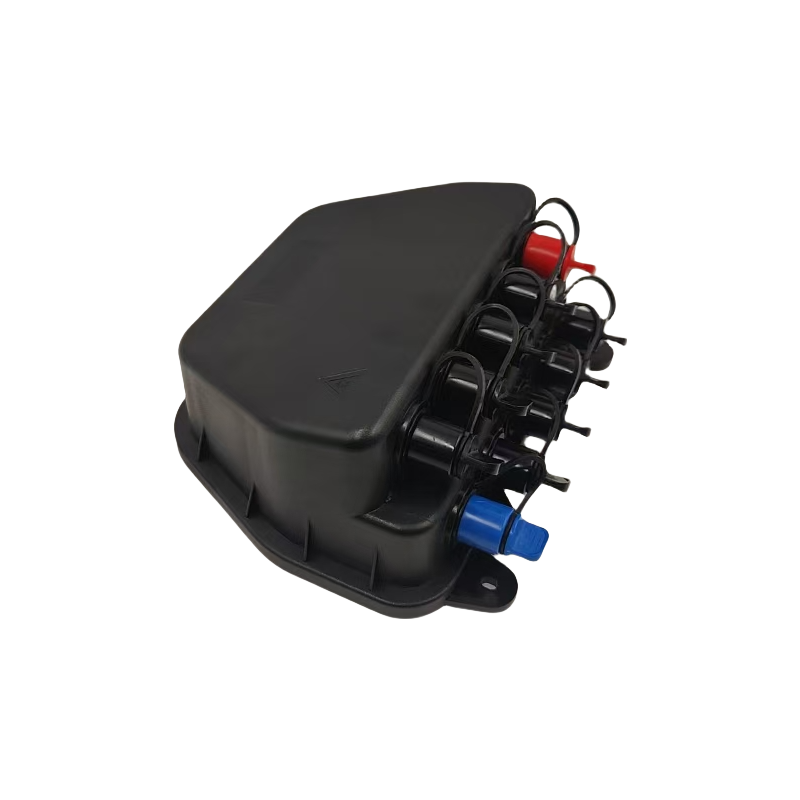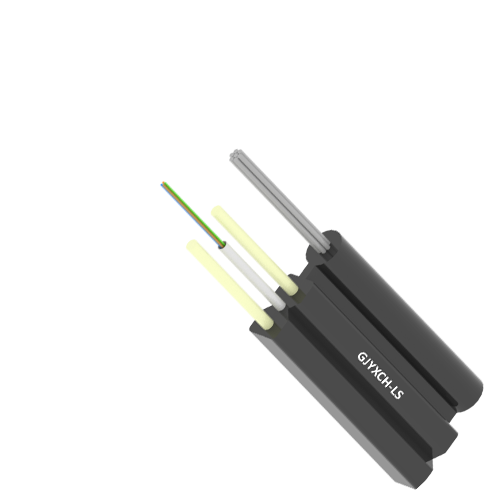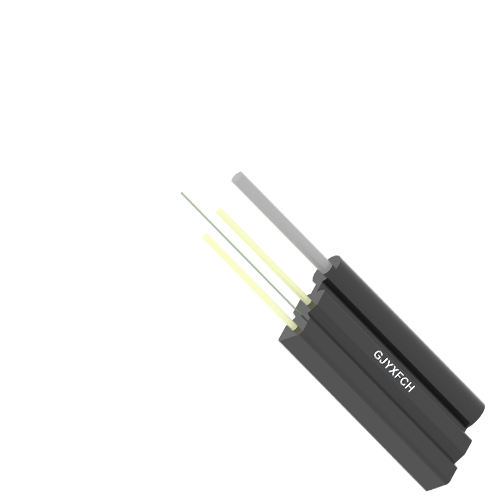Annuli Network instruere pro Base Statio SOLUTIO
Cellae Situm, etiam Base Statio notum, pars est momenti retiacula communicationis recentioris mobilis. Wireless signum praebet receptionis et transmissionis operas telephonicas mobiles, tabulas utentium, etc., permittens utentes ad accessum retis mobilis communicationis quovis tempore et quovis loco ad cognoscendas functiones ut communicationem, interretialem accessum et vocem vocat.
Constructio et instruere Base Statio potest augere coverage de mobilibus reticulis communicationis et melioris notae qualitatem. Per transmissionem et receptionem significationum per stationem Base, reticulum plene operiri potest, signa caeca maculae reduci possunt et communicatio qualitas emendari potest.
Principale propositum Base Statio tradenda est. RRU (Unitum Radiophonicum remotum) in turri adhibitum est pro signo wireless tradendi et recipiendi. Signis wireless colligit et in signa optica per BBU convertit. Signa optica traducuntur Fibrum Opticum ad milia passuum decem milia passuum, etiam regionibus transmarinis. Si vis scire quomodo signum data transmittatur, primum debes intelligere classificationem statio ignobilium communicationis. Introductio ad classificationem basium;
- Macro Site
Scrinium cubiculi Statio base nuper aedificatum artificium PTN appellatum habet, et Fiber Optic Cable PTN coniungetur. Statio basis vetus etiam fabricam PTN habet. PTN fabrica veteris Base Statii coniungitur cum PTN fabrica stationis novae Base per Fibra Optic Cable. Haec est forma simplicissima Base Statio connexio. Stationes tam veteres quam novae bases habent PTN. Ex prospectu tradendae duae hae stationes bases Macro Sites vocantur. Id est, definitio Macronis Situm est quod statio cum instrumento transmissionis PTN Macro Site appellatur.
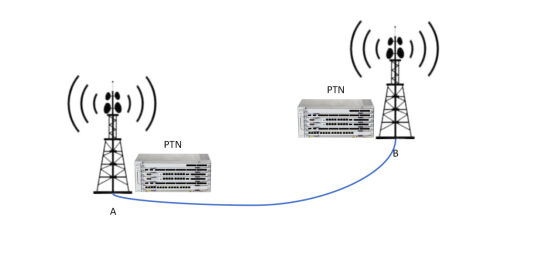
- Communication remota Base Statio System
Base Statio apparatu PTN non habet. Si haec Base Statio negotium exsequi debet, wireless signum huius Base Stationis ab instrumento BBU colligendum et discursum necesse est, in signum opticum conversum et ad Base Statio cum PTN instrumento inauguratum mitti, ut signum possit. milia passuum transmitti. Fibra igitur Optica Cable requiritur inter BBU et PTN, quae specialiter adhibentur ad BBU et PTN coniungendum et wireless signa transmittendum. Tum Base Statio sine apparatu PTN coniungitur cum Statio Base cum apparatu PTN proxime ad Base Statio per Fiber Optic Cable inauguratus est. Haec statio Base Statio Base Statio Systema Communicationis remota appellatur, et acceptum wireless signum ad PTN alterius Base Station per fibra optica transmittit.
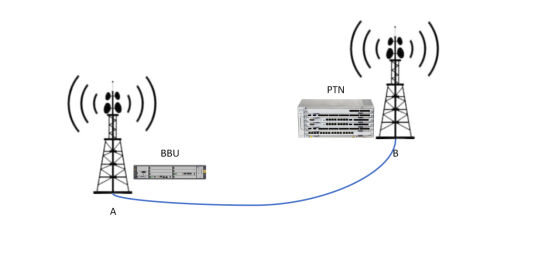
- Distributed Antennae System (DAS)
DAS Base Statio Ratio Communicationis remotae actu collocari potest. Si signum in hoc aedificio non est bonum. Signum stationis basi externae in aedificium traduci non potest, vel signum relative debile est, et multae machinae in aedificio wireless insignes sunt, et una statio basis tot transmissiones notas ferre non potest. De telecommunicationes Societas addit antennae in quaque pavimento aedificii, vel singulis paucorum metrorum duodenarum in unaquaque tabula. Antennae dividuntur in: Antenna omnidirectional, Antenna directional, Panel Antenna, Tectum Antenna, Flat Antenna, Miniatura Antenna, Cellula Antenna parva. Haec est Indoor Systema Antennae Distributa. Umbraticis antennas in singulis pavimentis distributas tandem in BBU machinam in verticali vecte aedificii confluunt. Tunc BBU cum PTN coniungitur fabrica stationis basi externae per Fibra Optic Cable pro notitia transmissionis. Ideo aliquantum simile est Base Statio Ratio Communicationis remotae, sed usus missionum diversus est. Ratio Communicationis remotae Base Statio saepe loqui est genus turris ferreae magnae vel poli aedificationis. Distributio umbratica stationum iustae sunt antennas amet antennarum cum pluribus antennarum. Antennae justo vel centenae possunt esse in aedificio.

Omnes, ut opinor, lucidius intellegendum habent classificationem stationerum basium
Quae sunt beneficia anulus retis ignobilis?
Imprimis, ad aedificandas stationes bases commoditatis, conservabilitatis, et securitatis, stationem basim constructionis secundum opus networking anulum structuram aedificari oportet. Ut in figura demonstratum sunt 4 Macroni Sites (A, B, C, D) cum apparatu PTN inaugurato, et anulus nexus per Fiber Optic Cable formatur. In constructione, Fiber Opticus Cable inter stationes basium B et C effossa est, sed hoc signum transmissionis non afficit, quia basis statio signo transmissio anuli retis nexus bidirectionalis est, et B signum ad C per A-D transmittere potest. Signum extremum mittetur ad aggregationem Data Centrum, et ad aggregationem Data Centrum aggregatio notitias transmittet longius ad tradendam civitatem transmissam.
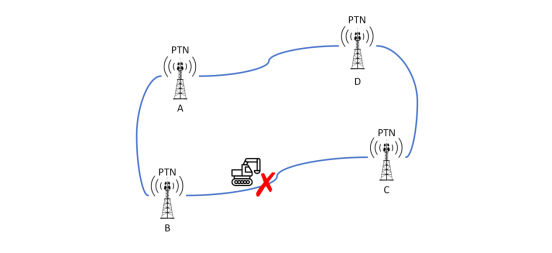
Quomodo novam stationem basim in anulo retis construere?
- Construction Survey
Bases stationes pro signo tradendo adhibentur. Quoad applicationis missionis, Fibra Optic Cables ad bases stationes connectendas adhibenda est. Ante constructionem, societas telecommunicationis propositum percontatio faciet ut determinet utrum per polos, parietes, sepulturam, an caput directurus.
- Formare anulum Physicum et Ringonem Logicum
Societas Telecommunicationum periti formabunt Annulum Physicum et Annulum Logicum. Physicus Anulus refert ad ipsam instruere ambitum Fiber Optici Cables, et Ringum Logicum refert ad logicam transmissionis PTN datae. Annulus Logicus perficiendus est ex Ringo Physico, et determinatur an Annulus Physicus perficiatur in principio propinquitatis.
- Pericula Base Statio germen
Ut in figura monstratur, nunc sunt 4 Macronis Sites qui in anulo explicantur et nova statio basis aedificanda indiget. Primus gradus situs constructionis institutum est explorare quae stationes bases in circumquaque area sint et proximam stationem basim invenire. Secundus gradus est ad inspiciendum num capacitas portus PTN in statione sufficiat. Si non, facultatem ampliandi eligere potes. Tertius gradus est Fiber Optici Cable ponere stationem basim coniungere.
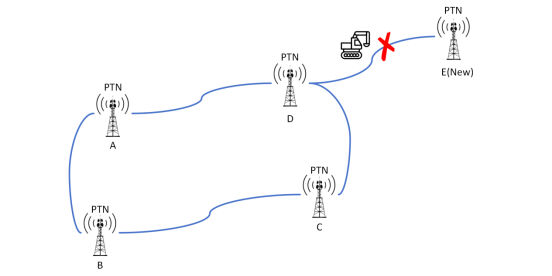
Hic, stationis basi nuper constructa ad ramum in retis anuli horum 4 Macro Sites pertinet. Magnum periculum est in Base Station germen. Si Fiber Optic Cable rupta est, haec statio basis periculum Stationis Gutta erit. Cum usores vocat prope hanc basim stationem faciunt, invenire possunt signum telephonicum mobile plenum esse, vocatio autem fieri non potest. Signum plenum signum significat antennae basi connexae. RRU et BBU signum processerunt et notitias ad PTN transmiserunt. Cum Fiber Optic Cable rupta sit, notitia transmissionis PTN tradi in proximam stationem basim non potest, et notitia aggregationis Data Centri intrare non potest, et signum data in scopum mitti non potest donec Fiber Optic Cable re- sit. conflati.
Ut igitur supra statum vitemus, ramus statio basis anuli statio basis mutata mutari debet ad structuram retis anuli coniungendam, sic necesse est duas stationes basi proximas coniungere in statione anuli retis basis per 2 Fibra Optic cables.
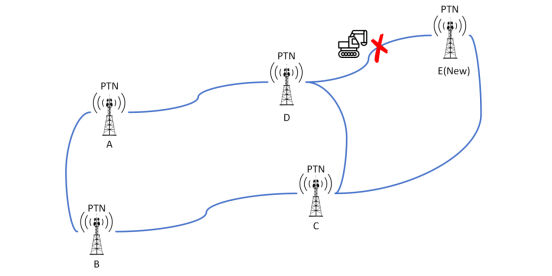
Conclusio:
Basi statione anulum networking est technica Solutio quae bases stationes per anulum topologiam coniungit ad meliorem retis redundantiam, fidem et tolerantiam culpae. Basis stationis anulus networking solutionem praebere potest alta fides et operae efficientiae altae pro retis communicationis per superuacuum consilium, mechanismum ieiunum recuperationem, administrationem intelligentem et alia mensuras.


